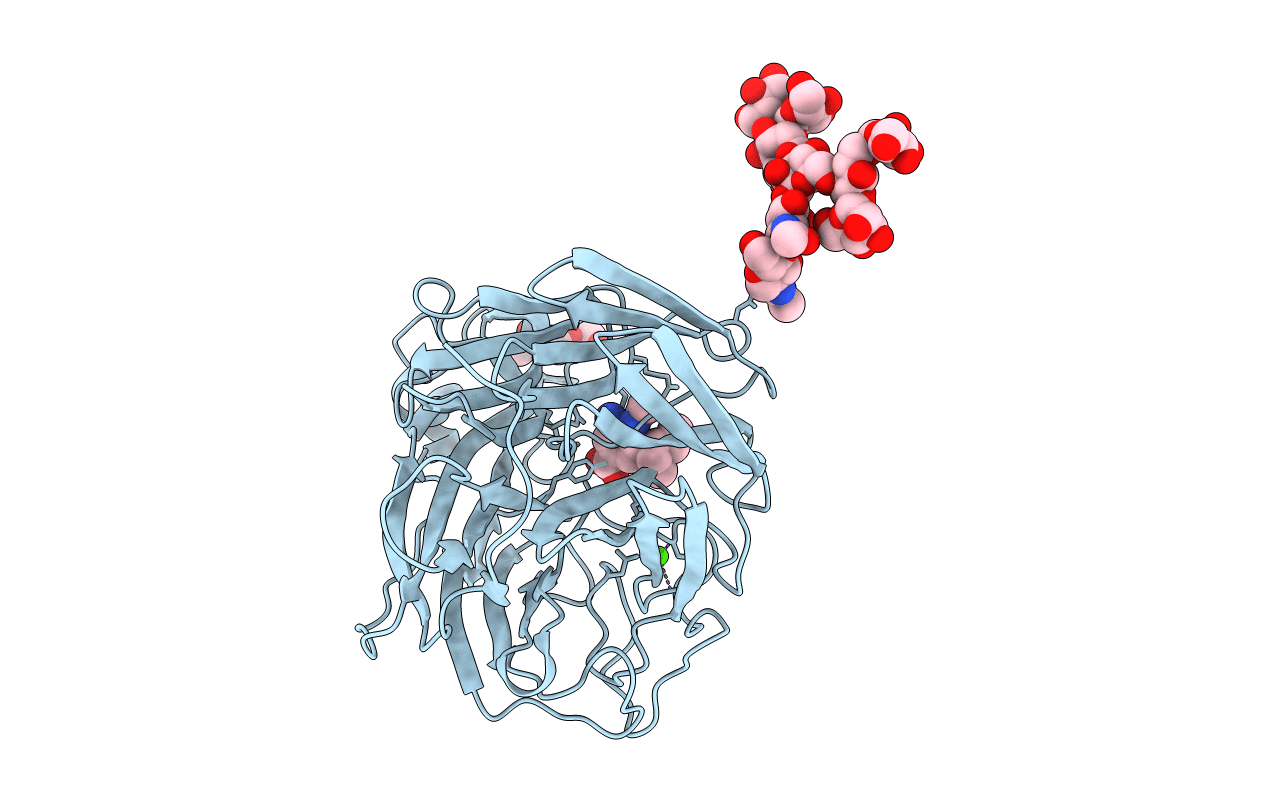
Deposition Date
2016-07-28
Release Date
2017-08-09
Last Version Date
2024-11-06
Entry Detail
PDB ID:
5L15
Keywords:
Title:
The crystal structure of neuraminidase in complex with oseltamivir from A/Shanghai/2/2013 (H7N9) influenza virus
Biological Source:
Source Organism:
Influenza A virus (Taxon ID: 1332244)
Host Organism:
Method Details:
Experimental Method:
Resolution:
2.40 Å
R-Value Free:
0.19
R-Value Work:
0.16
R-Value Observed:
0.16
Space Group:
I 4 3 2


